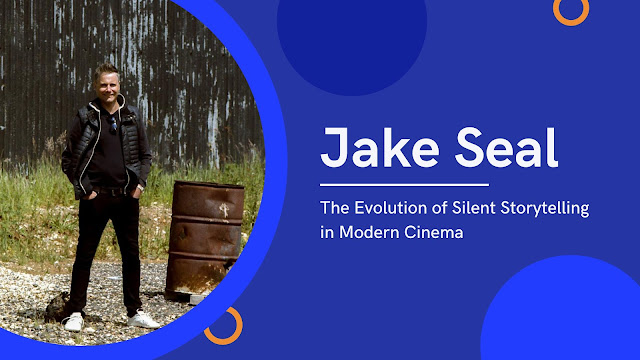Silent storytelling in cinema, a technique rooted in the early days of filmmaking, has experienced a renaissance in modern cinema.
Jake Seal, a prominent figure in the film industry, explores how contemporary filmmakers harness the power of visual narratives to convey deep, emotional stories without relying on dialogue.
Revival of Silent Techniques in Modern Film
Modern directors have rediscovered the value of silent storytelling, using it to convey deep emotions and complex narratives without spoken words. Films like "The Artist" (2011) and "A Quiet Place" (2018) exemplify this trend, drawing on silent era techniques to create suspense and emotional depth.
Visual Storytelling Through Cinematography
Cinematography plays a crucial role in silent storytelling, with visual composition, lighting, and camera movement becoming essential tools for narrative development. Directors like Terrence Malick and Denis Villeneuve use these elements masterfully to tell visually resonating stories, proving that a picture is worth a thousand words.
Music and Sound Design as Narrative Tools
While traditional silent films rely on live musical accompaniment, modern films use sophisticated sound design and scores to enhance silent storytelling. Hans Zimmer's work in "Interstellar" and the innovative soundscapes in "Gravity" (2013) demonstrate how sound can amplify the emotional and narrative impact of a film without relying on dialogue.
The Role of Body Language and Expression
Actors' performances are pivotal in silent storytelling, with body language and facial expressions conveying the subtext and emotions of a scene. Modern actors, trained to excel in these non-verbal cues, bring silent storytelling to life in subtle and profoundly moving ways.



Comments
Post a Comment